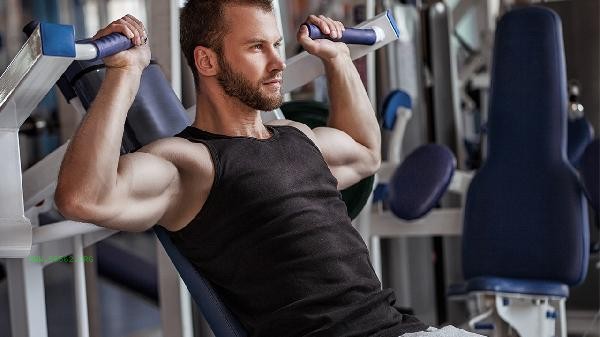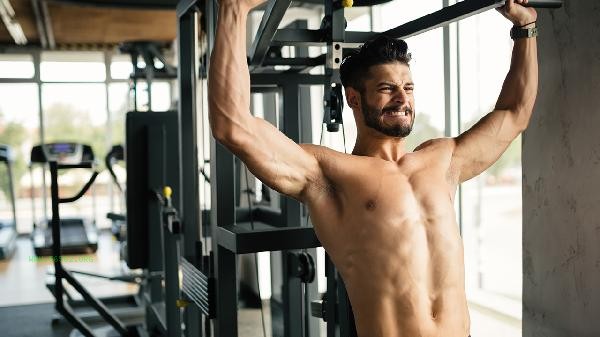Male fitness recommendations combine strength training and aerobic exercise, mainly including squats, hard pulls, push ups, swimming, interval running, and other methods. According to personal physique and goals, the training intensity can be adjusted, and it is recommended to prioritize strengthening the core muscle group and lower limb strength.

1. Squatting
Squatting is a golden exercise for the lower limbs, which can simultaneously stimulate the quadriceps, gluteus maximus, and core muscle groups. Men who engage in weight-bearing squats can promote testosterone secretion, which has a significant effect on muscle building and basal metabolism enhancement. It is recommended to start with a self weight squat and gradually increase the weight of dumbbells or barbells. Pay attention to keeping the waist straight and avoiding knee adduction.
2. Hard Pull
Hard pull is a composite training for the back, buttocks, and hamstring muscles, which can significantly enhance the strength of the posterior chain muscle group. Traditional hard pull and sumo hard pull are suitable for men of different body types, and training requires tightening the core to maintain a neutral position of the spine. This action has a positive effect on improving posture and preventing back and waist strain.
3. Push ups
are a classic hand training move that can exercise the chest, deltoid, and triceps muscles. By adjusting the distance between the hands, different muscle groups can be emphasized, and diamond push ups provide stronger stimulation to the chest muscle seam. It is recommended that each group exhaust themselves, which is suitable for daily training or warm-up exercises. 4. Swimming: Whole body aerobic exercise has minimal impact on joints, while freestyle and butterfly have outstanding effects on shaping shoulder and back muscles. Water resistance training can burn a lot of calories and is suitable for men with a large body weight or joint problems. Swimming for 30 minutes three times a week can effectively improve cardiovascular and pulmonary function.

5. Interval Running
High intensity interval training is more efficient in reducing fat than slow jogging at a constant speed, using an alternating mode of sprinting and jogging. This type of training can increase growth hormone levels and has a significant effect on eliminating visceral fat. It is recommended to do it on the track or treadmill, and pay attention to fully warming up before running. Male fitness should develop a plan based on age and health status. Before the age of 30, emphasis should be placed on muscle building training, and after the age of 40, more flexibility exercises should be added. Supplement high-quality protein and compound carbohydrates before and after training to ensure 7 hours of sleep and promote muscle repair. To avoid joint injuries caused by overtraining, it is recommended to schedule 2 rest days per week. For those with high body fat percentage, aerobic exercise should be prioritized first, followed by gradually increasing the proportion of strength training. If there is persistent muscle soreness or joint discomfort, the training plan should be adjusted in a timely manner.







Comments (0)
Leave a Comment
No comments yet
Be the first to share your thoughts!